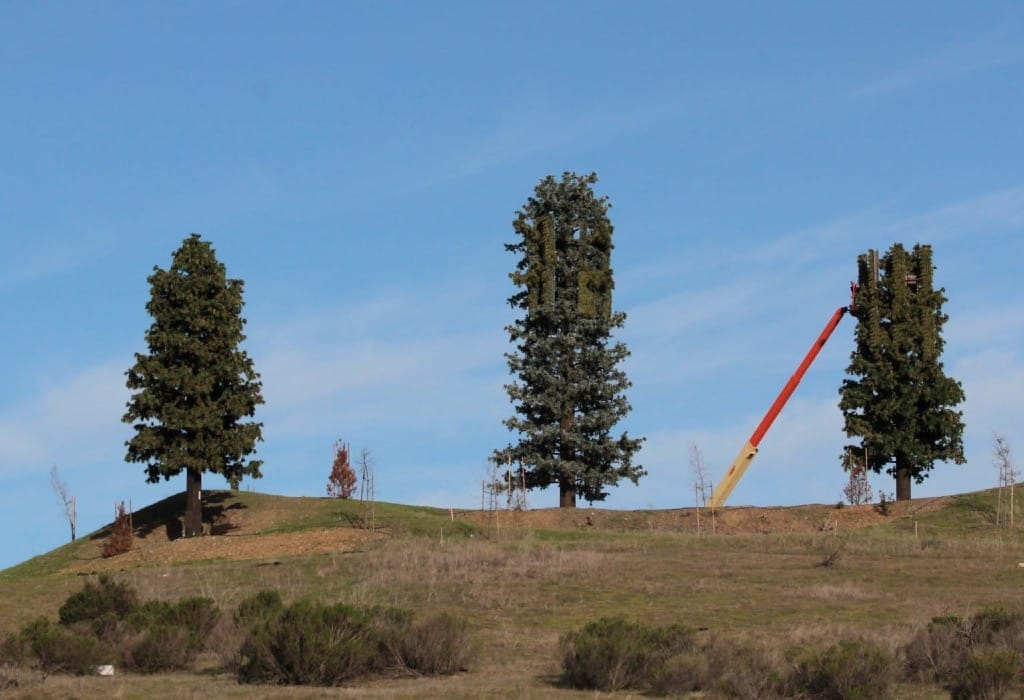Ninth Circuit Upholds Most of FCC Effort to Ease Wireless Permits
Judges invalidated the agency's definition of 'concealment elements.'
Jake Neenan

WASHINGTON, September 17, 2024 – The U.S. Court of Appeals for the Ninth Circuit on Friday upheld most of a government effort to ease the permitting process for wireless equipment.
A group of 780 of local and municipal governments had challenged a 2020 ruling from the Federal Communications Commission. That order aimed to clarify language from a 2014 order implementing a law that required state and local governments to approve requests to modify wireless towers that don’t “substantially change the physical dimensions” of those towers.
Judges upheld most provisions of the ruling, including when a 60-day shot clock for approval began, how much taller a tower could be made, and how many more equipment cabinets could be added.
But the court invalidated the agency’s definition of a “concealment element,” which limited the term to apply only to elements on the tower itself designed to make it look like something other than a cell tower, like a tree. Local governments had pushed for the agency to use a more expansive definition that would include the height of the tower or distance from the edge of a rooftop – changes that defeat concealment can be more easily blocked.
The FCC used the tree example in 2020, writing that a municipality would have to approve a change that would cause the tower to protrude above a treeline so long as the tower itself was still made to look like a tree.
Judges found the definition amounted to a change from the 2014 order and would have required a full rulemaking to push through. The agency sought comment on the clarifications, requested by the wireless industry, but didn’t issue a notice of proposed rulemaking to solicit feedback on what it planned to implement.
“For example, San Francisco requires rooftop concealment elements that include a required ‘setback’ of a facility from the edge of a building’s roof, which can render the facility invisible from the sidewalk below,” the decision said. “It would strain the plain language of the 2014 Order to find that an element that conceals in this fashion is nevertheless not a concealment element.”
FCC commissioner Brendan Carr was happy with the decision.
“While it would have been nice to secure a clean sweep on every issue, I am grateful that the Ninth Circuit upheld key features of our 2020 decision. This is an important win that will continue to help the private sector connect communities,” he wrote in a statement, adding that he “would welcome the chance to work with my Commission colleagues on reforms that could further accelerate Internet builds.”
He chided the Biden administration for what he said was a slowdown in permitting reforms that would make it easier for providers to build infrastructure.
The 2020 order passed along party lines, with Democratic commissioners Jessica Rosenworcel, now the agency’s chairwoman, and Geoffrey Starks dissenting. They argued there should have been an opportunity for entities to comment on the agency’s proposed approach, rather than a declaratory ruling.
“[I]n these historic times this agency should not be ramrodding this effort through without listening to cities and towns across the country,” Rosenworcel said at the time. “They called for a bit more time. But the Federal Communications Commission hung up.”











Member discussion